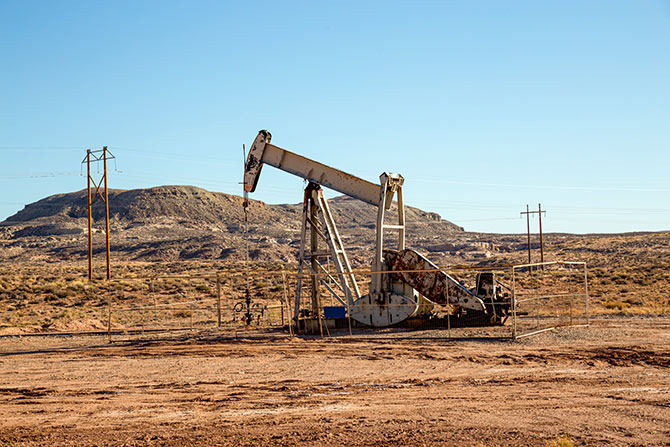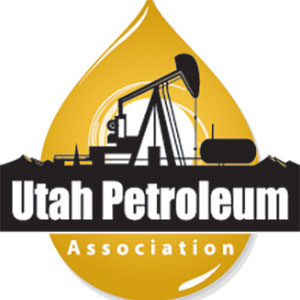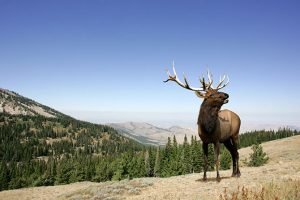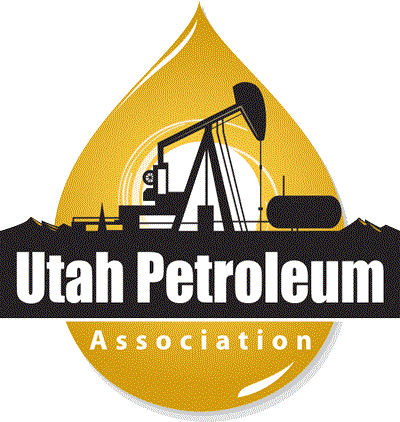Our monthly Lunch & Learns happen on the last Tuesday of every month and cover a broad spectrum of topics. We’ve invited speakers to share their expertise about the federal government’s push toward public adoption of electric vehicles, the Waters of the U.S. rules and even the hotly discussed ESG criteria in the investment community.
One of the most stimulating topics as it pertains to Utah is the federal government’s desire to prioritize conservation over all other uses on federal lands. The Federal Land Policy and Management Act (FLPMA) of 1976, requires “multiple use” on public lands. This means that every American has a place on public lands — whether a hiker, camper, cattle rancher or energy producer. Our nation’s wide-open spaces are available to be used in numerous ways. The Bureau of Land Management (BLM) has proposed new regulations that would prioritize the health and resilience of ecosystems across those lands. To ensure that health and resilience, the proposed rule provides that the BLM will protect intact landscapes, restore degraded habitat and make wise management decisions based on science and data.
This seems like a good goal at first, but concerns have arisen, many raised by our panel of experts at the July Lunch & Learn: Troy Lyons, Vice President of Government Affairs at the American Exploration and Production Council; Jake Garfield, Assistant Attorney General and member of Utah Public Lands Policy Coordinating Office; and Natalie Randall, Executive Director at Utah Tourism Industry Association.
The panel expressed concern about what “unintentional, unnecessary constraints” may result regarding public access if the rule is adopted. If conservation leases were granted, how might BLM define “casual” use of the land, which would possibly bar commercial guides and outfitters in the tourism industry, not to mention oil and gas or cattle grazing leases?
Our President, Rikki Hrenko-Browning, added, “The reason that Utah has such large areas of intact landscapes is because our multiple use has been done so responsibly. It’s a little bit of a ‘no good deed goes unpunished’ issue — hurting those individuals who have been responsible for creating those intact landscapes in the first place.”
Utah Petroleum Association will continue to monitor this issue and provide updates as they become available.









